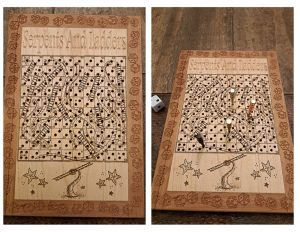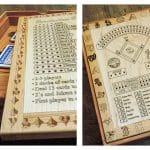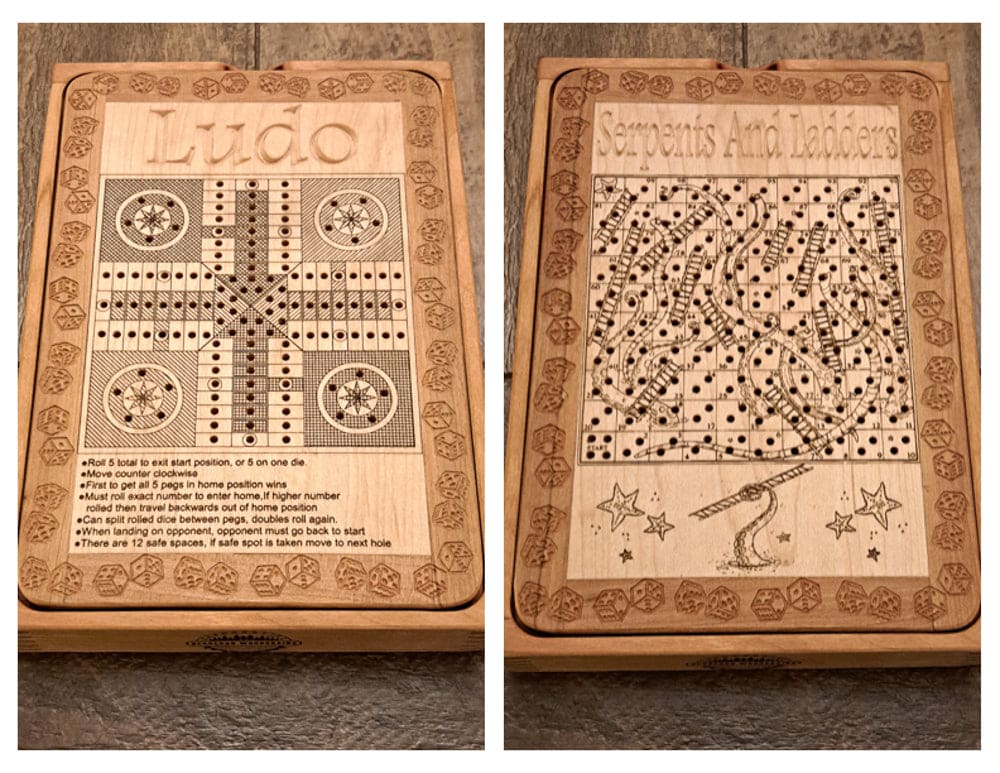Free Shipping On Orders Over $150 To Canada And US
Serpents and Ladders Rules
Serpents(Snakes) and Ladders Rules
A worldwide classic board game! Navigate your piece from start to finish, avoid the snakes, and take shortcuts going up the ladders. The origins of this game are found in ancient India were it was known as ‘Moksha-Patamu.’ A player moving up the board represented life’s spiritual journey, complicated by virtues – the ladders, and vices – the snakes.
Equipment
- Snakes and Ladders board
- 1 die(2 dice for quicker games)
- Playing pieces
Setup:
Before the game can start each player will roll one die, the player who throws the highest number will be the one to have the first turn.
Gameplay:
The players will move their pieces from left to right, starting at 1, following the numbers on the board, then the next row from right to left and repeat. If a player rolls a 4, then the player would move their piece four places.
Snakes
When a player lands on a top of a snake, their playing piece will slide down to the bottom of the snake.
Whereas landing on the bottom of a snake the player will remain in the same spot until their next turn.
Ladders
When a player lands at the base of a ladder, they immediately climb to the top of the ladder.
Whereas landing at the top of a ladder the player will stay there until the next turn. The player does not move to the bottom of the ladder.
Winning the Game:
The first player that reaches the highest space on the board, 100, wins the game. To win the player will need to roll the exact number to get you to the last space. If the player rolls a higher number than needed to land exactly on 100, their piece does not move and remains there until their next turn, when they can roll again.
The Bounce Back Variation
The first player that reaches the highest space on the board, 100, wins the game. To win the player will need to roll the exact number to get to the last space. If the roll is too high, the player’s piece will bounce off the last space and move back. For example, if a player had four spaces to get to 100 and rolled a 6, the piece will move four spaces to 100, then “bounce back” two spaces to 98.





